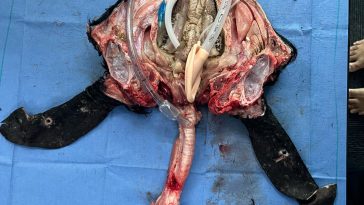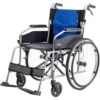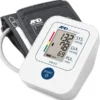A Critical Life-Saving Intervention in the Dr RIMAN Resus Model™
By Prof. M Dato’ Dr. Rishya Manikam
When every second counts, few conditions demand faster recognition and response than Tension Pneumothorax. A true medical emergency, it represents a rapidly progressive, life-threatening state where air trapped in the pleural space compresses the lungs, heart, and major vessels — leading to respiratory collapse and cardiac arrest if untreated.
As part of the Dr RIMAN Resus Model™ framework, this topic emphasizes one key message:
“Recognize early. Act fast. Relieve pressure — restore life.”
Understanding Tension Pneumothorax
A Tension Pneumothorax occurs when air enters the pleural cavity but cannot escape, turning the chest into a one-way valve. The trapped air increases intrathoracic pressure, collapsing the lung on the affected side and shifting the mediastinum — severely restricting blood flow to the heart.
If not managed immediately, the patient will progress to hypoxia, hypotension, and cardiac arrest.
Common causes include:
- Chest trauma (penetrating or blunt)
- Positive pressure ventilation in critically ill patients
- Iatrogenic causes (e.g., central line insertion, mechanical ventilation)
Recognizing the Signs
The ability to diagnose clinically — even before investigations — is vital.
Prof. Rishya stresses that Tension Pneumothorax is a clinical diagnosis, not a radiological one.
Key signs and symptoms:
- Sudden respiratory distress and chest pain
- Decreased or absent breath sounds on one side
- Hyperresonance to percussion
- Distended neck veins (due to increased venous pressure)
- Tracheal deviation (late sign)
- Rapidly falling blood pressure and oxygen saturation
Remember: If you suspect it — treat it immediately.
Emergency Treatment Steps
Under the Dr RIMAN Resus Model™, the emergency management of Tension Pneumothorax follows a clear, role-structured, and time-critical approach:
1️⃣ Immediate Recognition
Identify the signs and announce a suspected Tension Pneumothorax during resuscitation — alerting the team to prepare for decompression.
2️⃣ Needle Decompression
- Insert a large-bore (14G or 16G) needle or cannula into the 2nd intercostal space, midclavicular line, on the affected side.
- Alternatively, use the 4th or 5th intercostal space, anterior axillary line (preferred in some protocols).
- Listen for an audible hiss of escaping air — confirming decompression.
This step instantly relieves intrathoracic pressure and restores venous return to the heart.
3️⃣ Chest Tube Insertion (Definitive Management)
- Insert an intercostal chest drain (usually size 28–32F) in the 5th intercostal space, mid-axillary line.
- Connect to an underwater seal drainage system to allow continuous evacuation of air.
This converts a temporary fix into a definitive solution.
4️⃣ Oxygenation and Monitoring
Provide high-flow oxygen, monitor vital signs, and reassess breath sounds continuously.
Prepare for possible ventilator support if the patient remains unstable.
Prof. Rishya’s Insight
“In a Code Blue, hesitation costs lives.
The best clinicians are those who recognize the unseen — and act with precision before the patient deteriorates.”
— Prof. M Dato’ Dr. Rishya Manikam
This principle forms the heart of the Dr RIMAN Resus Model™ — combining clinical knowledge with teamwork and swift, structured action.
Key Takeaways
- Recognize early — never wait for imaging confirmation.
- Decompress immediately — use a wide-bore needle or chest tube.
- Reassess continuously — clinical improvement is your best feedback.
- Train regularly — simulation and drills save lives when real emergencies strike.
Conclusion: Precision Under Pressure
Tension Pneumothorax exemplifies why structured, team-based emergency response is vital. Through the Dr RIMAN Resus Model™, Prof. Rishya continues to train healthcare professionals to think fast, act decisively, and deliver interventions that restore life within seconds.
Because in resuscitation, knowledge without action is silence — and action guided by clarity saves lives.






